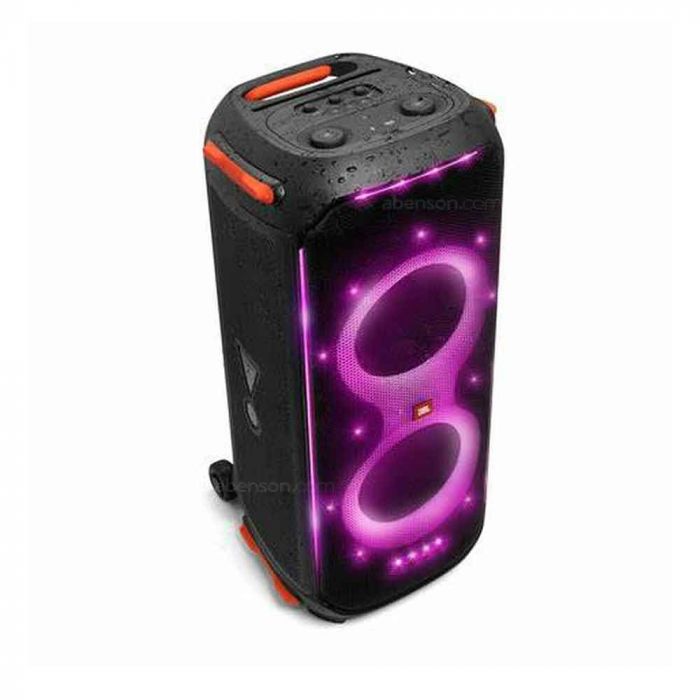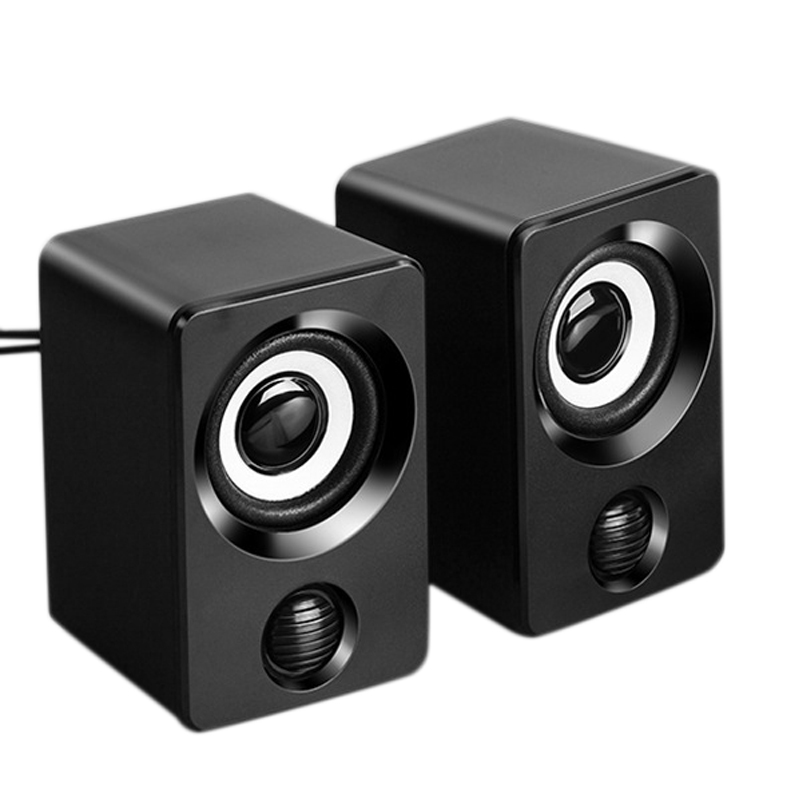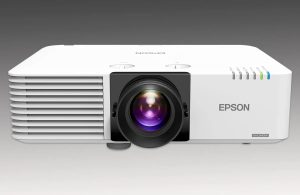Creating your own sound system can be an incredibly rewarding experience, allowing you to customize audio quality to suit your preferences. Engaging in DIY speaker projects not only enhances your sound quality but also deepens your understanding of audio technology. Whether you want a simple setup for casual listening or a robust home theater system, this guide will lead you through various DIY speaker projects that bring your audio vision to life.
Understanding the Basics of Sound
How Sound Works
Before diving into DIY projects, it’s essential to understand the principles of sound. Sound waves travel through air as vibrations, and speakers convert electrical signals into these vibrations. Each component in a speaker—from the woofer to the tweeter—has a role in reproducing sound across different frequency ranges. Woofers handle low frequencies (bass), while tweeters manage high frequencies (treble). Grasping these basics lays the foundation for successful speaker construction.
Types of Audio Systems
There are various types of audio systems to consider for your DIY project. A basic stereo setup includes two speakers, while a more advanced home theater setup typically uses a combination of multiple speakers, including a subwoofer for deep bass. Understanding these configurations helps you decide how many speakers you need and which design will suit your space and sound preferences best. Recognizing your goals will guide you throughout the project, ensuring you remain focused and satisfied with the end result.

Choosing Your Speaker Components
Components to Consider
When embarking on a DIY speaker project, you’ll need to gather various components. Key parts include woofers, tweeters, crossover networks, enclosures, and binding posts. Selecting high-quality components is essential to achieving the best sound. Research reputable brands known for reliability and quality. Look for specifications like impedance ratings and frequency response, which will help you match components that work harmoniously together.
Building vs. Buying Parts
You have the option to purchase pre-made speaker kits or individual parts based on your specifications. Kits often come with instructions that simplify assembly. While this can be an excellent choice for beginners, purchasing individual components allows for more customization and can potentially yield superior sound quality. Take time to weigh the pros and cons of both options and choose a path that suits your skill level and desired outcome.

Construction Techniques
Cabinet Design and Material Choices
The enclosure or cabinet is crucial for overall speaker performance. It influences sound quality by affecting resonance and vibration. Common materials for speaker cabinets include MDF (Medium Density Fiberboard), plywood, and particleboard. MDF is a popular choice due to its cost-effectiveness and acoustic properties. Consider the cabinet design as well—sealed enclosures are great for tight bass, whereas ported designs can enhance overall loudness. The shape and size will also play a role; larger cabinets can produce deeper bass, while compact designs may be more suited for small spaces.
Assembly Tips
When constructing your speaker cabinet, use wood glue and screws for a solid build. Proper sealing ensures no air leaks, which can affect sound quality. It’s advisable to sand the edges and surfaces to smooth any roughness and improve aesthetics. If you’re painting or finishing the exterior, allow plenty of drying time. Accurate measurements are vital to ensure everything fits perfectly. Take your time with assembly to prevent mistakes that could lead to disappointing audio performance.
Wiring and Connectivity
Understanding Wiring Basics
Once your cabinet is complete, it’s time to tackle wiring. Proper wiring is crucial for ensuring optimal sound performance and safety. Familiarize yourself with concepts like series and parallel wiring, as they will impact impedance and overall sound quality. Moreover, color-coded wires can simplify the process; red often signifies positive terminals, while black represents negative. Always verify your connections to avoid confusion and potential short circuits.
Using Crossover Networks
If your speaker system contains both woofers and tweeters, a crossover network is necessary. Crossovers split audio signals into frequency ranges directed to the appropriate driver. This ensures that woofers receive low frequencies and tweeters handle high frequencies, resulting in optimal sound clarity. You can either purchase a pre-built crossover or build your own, depending on your level of expertise. Understanding how to set this up correctly will directly impact the performance of your DIY system.

Testing Your Sound System
Initial Testing Parameters
After completing the assembly and wiring, it’s crucial to test your speakers before finalizing the setup. Connect your system to an amplifier, and make sure everything is powered up. Start with a low volume to ensure everything is functioning properly. Scrutinize connections, components, and ensure that sound quality meets your expectations. Testing at lower volumes prevents damage and allows for adjustments before reaching louder levels.
Calibration and Fine-Tuning
Once you confirm that all components are working, it’s time for calibration. Play different types of music and movies to assess overall sound quality. Adjust the crossover settings and equalization curves, if possible, to make finer adjustments based on your listening environment. After some tweaking, you’ll find the perfect balance between bass, midrange, and treble. Don’t hesitate to change speaker placement, as even minor adjustments can vastly improve sound quality.
Upgrades and Customizations
Future-Proofing Your System
Once you’ve achieved satisfactory results, consider potential upgrades down the road. Whether adding a subwoofer to enhance bass or integrating wireless connectivity options, future customizations can elevate your audio experience further. You may also look into adding surround sound capabilities if you plan to create a home theater experience. Make sure that all new components align with your existing gear for the best compatibility and performance.
DIY Aesthetic Enhancements
Don’t overlook aesthetics. You can custom-paint or veneer your speaker cabinets for a polished look that matches your decor. Furthermore, consider adding dampening materials inside the cabinet to reduce resonances that can muddy the sound. Grilles can add a professional touch while also protecting your drivers. Personalizing your speakers not only enhances their look but can also improve their sound quality over time.

Resources and Communities
Learning from Others
As you embark on your DIY speaker journey, tap into the wealth of resources available online. Websites and forums dedicated to audio enthusiasts can provide invaluable insights. You can read reviews, compare products, and view various project guides that detail each step of the process. Engaging with these communities can help answer questions and provide troubleshooting tips, making your DIY experience smoother.
Joining Local Clubs and Meetups
Consider joining local audio clubs or meetups where you can connect with fellow audiophiles. These gatherings often facilitate the sharing of projects, knowledge, and techniques that aren’t readily available online. Workshops may even be offered, providing hands-on experience with expert guidance. Collaborating with others fosters a sense of community and support, making your DIY projects more enjoyable and educational.
Common Mistakes to Avoid
When working on DIY speaker projects, avoiding common pitfalls is essential to achieving the best sound quality and overall satisfaction. One frequent mistake is rushing through the assembly process, leading to misalignments and poor sealing in the enclosure. Be patient, double-check measurements, and ensure that each speaker component fits snugly in its designated space. Additionally, don’t underestimate the importance of testing connections before sealing everything off. Testing your wiring and ensuring components function properly at this stage can save you significant time and frustration later.
Another common issue arises from neglecting room acoustics. Many enthusiasts focus solely on the speakers themselves but overlook how the surrounding environment affects sound. Hard surfaces, such as walls and floors, can create unwanted echoes, while soft furnishings can absorb sound too much, leading to a dull listening experience. Before committing to speaker placement, try various positions and pay attention to how sound changes across the room. Use rugs, curtains, and wall treatments as needed to create an environment that complements your audio setup and enhances overall sound quality.

Unleash Your Creativity
Embarking on a DIY speaker project not only helps you build a custom sound system but also empowers you with knowledge about audio technology. Understanding how sound works and what components constitute great speakers enables you to craft a setup tailored specifically to your needs. Remember, patience is key throughout the process. Each step you take—from selecting parts to assembly and testing—culminates in a rewarding product, enhancing your audio experience.
As you refine your skills and knowledge, don’t hesitate to explore more complex designs and innovative technologies. Whether you’re creating speakers for casual listening or designing a full-fledged home theater system, the satisfaction of building something with your own hands is truly unmatched. Unleash your creativity, and enjoy every note, beat, and dialogue that your new sound system has to offer!



